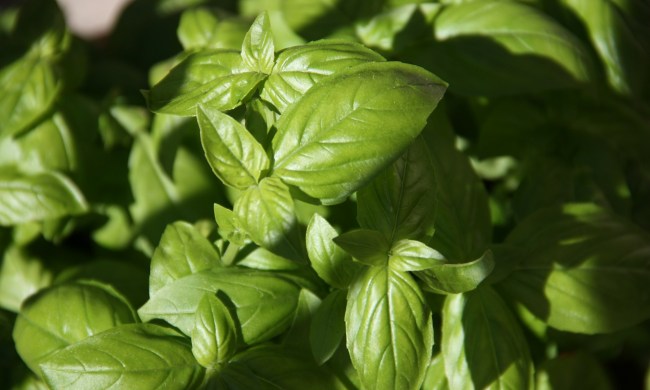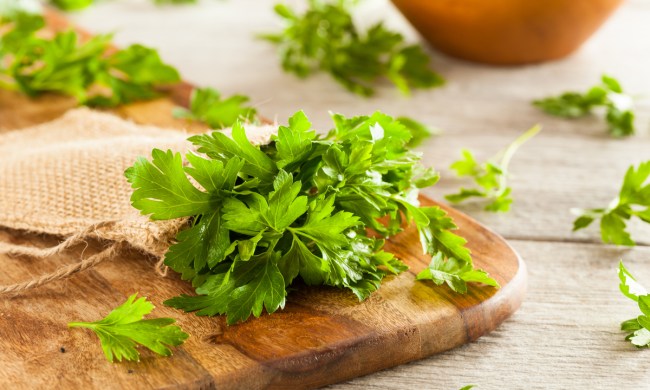Basil is one of the most popular plants to grow at home. You don’t need a big garden to get a good harvest, and they’re super useful in the kitchen. It’s also a great plant to grow near tomatoes to keep pests away. But can basil survive winter? Unfortunately, come the winter months and the cold, basil’s tolerance will be tested. It can sustain temperatures of around the 40 degrees Fahrenheit range. Once the thermometer drops down to around 32 degrees, your basil will get damaged.
This herb is not going to fully die, but the damage will be clear. Its leaves will become dark and wilted. Basil experiences damage right away when temperatures dip, so make sure you have a way to protect your plant. If you really want to enjoy this fresh herb come the cooler months, here's how to prepare your basil plant for winter.
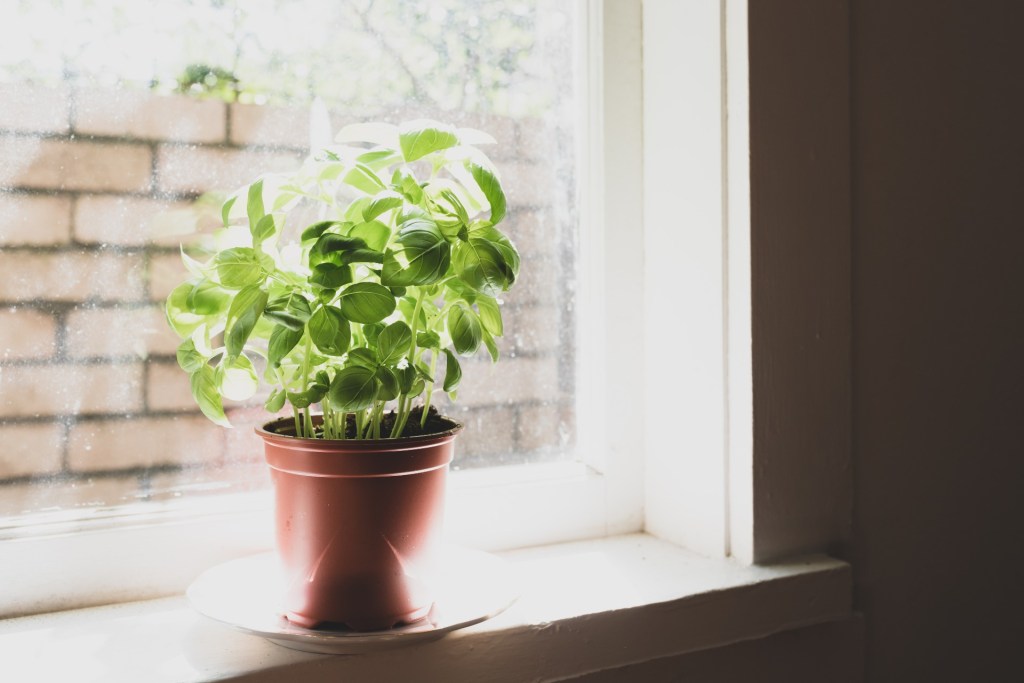
Does basil have a season?
Basil is a traditional summer annual herb, but there are some perennial varieties. It enjoys and thrives in warm weather, tolerating heat and preferring well-drained soil. If you are going to plant basil, late spring or early summer is the best time to do it.
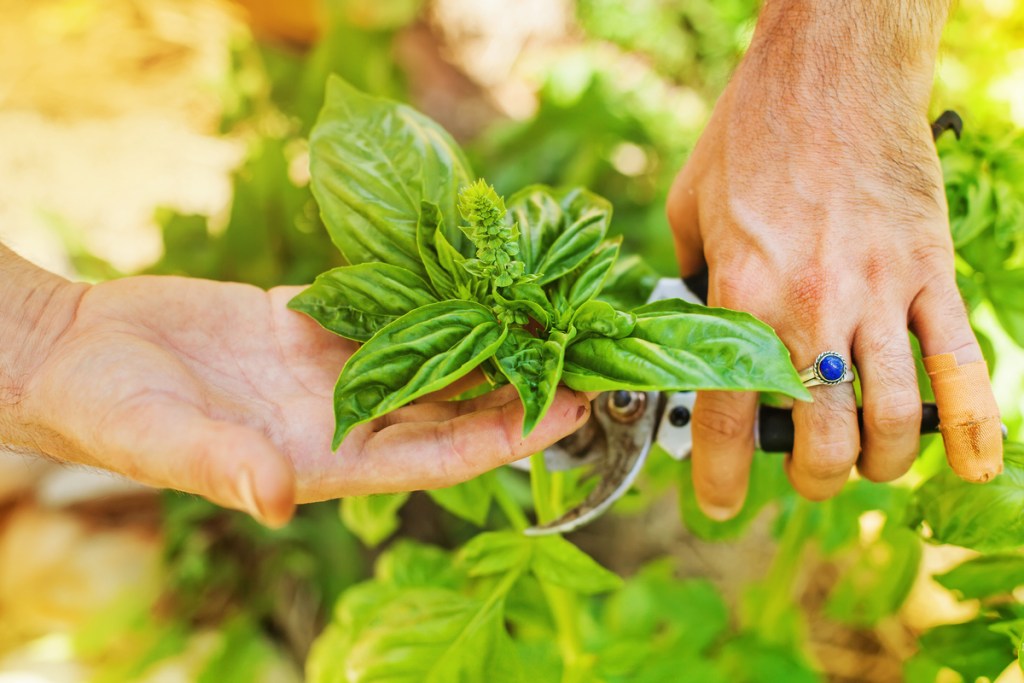
Does basil die every year?
As with many annual herbs, basil is meant to live its life cycle within one year and thereafter go back to its seed stage. If you are growing your basil in a greenhouse, it may linger for a longer time, but eventually, it will perish. Keep this in mind and plan on purchasing another starter plant or plant new seeds in the late spring, after the last frost of winter.
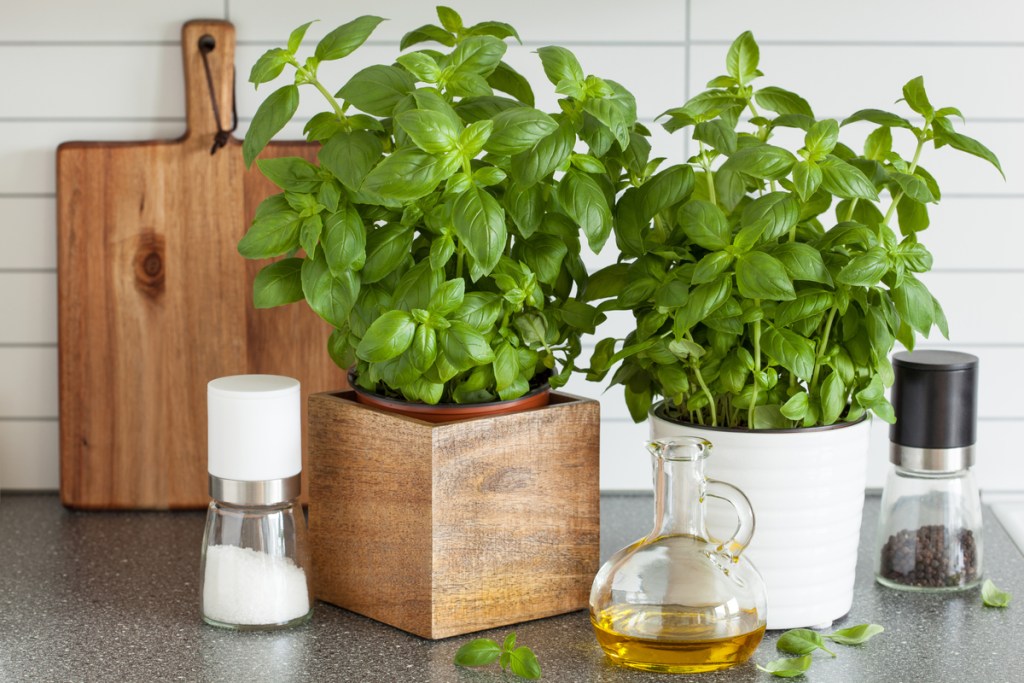
Should you keep the basil indoors during the winter?
Moving your plants indoors will buy you time to harvest all your basil leaves before the cold weather damages them. Here are some options for you to try:
Step 1: Place your basil inside a greenhouse or a room in your home.
Step 2: Move your basil to the kitchen. This is a great option, since you will be mainly using the basil as much as possible before it goes into its resting state.
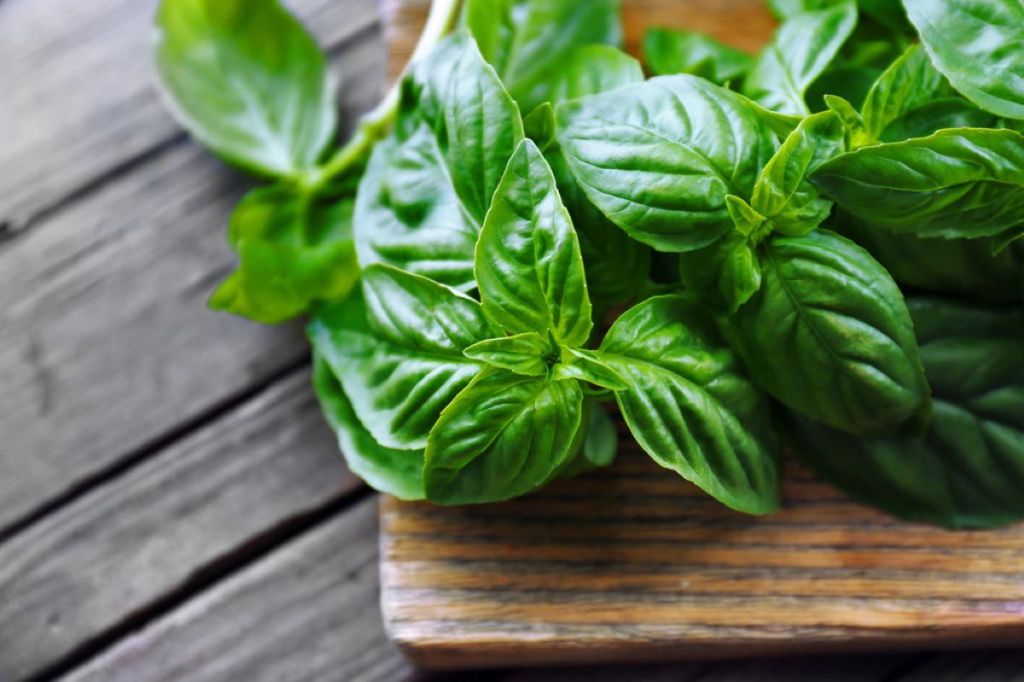
How do you keep basil alive indoors?
The key to keeping your basil plant alive during the winter is to provide it with as much light as possible. Here's how to do it:
Step 1: Shift to artificial light sources in the darker winter months. Around 12 hours of light is a good starting point. Remember this simple rule: Two hours of fluorescent light is equal to one hour of natural sunlight.
Step 2: Keep the soil warm and drain excess water.
Step 3: Place your basil in front of a window during the day. Basil needs a minimum of eight hours of direct daily sunlight to thrive.
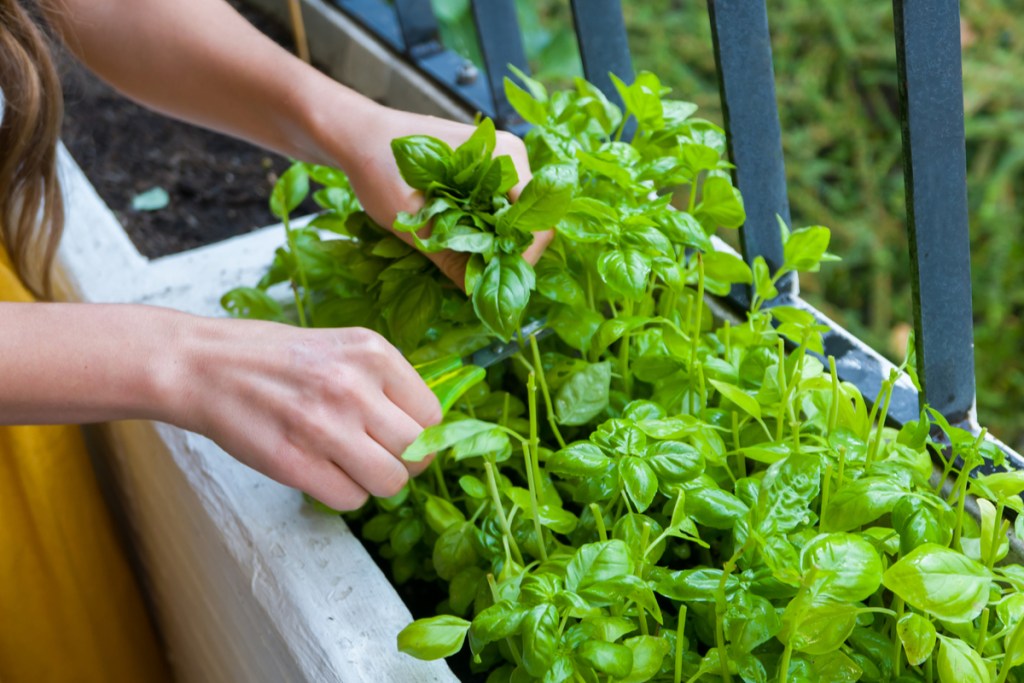
Where can you grow basil outdoors during the winter?
Although basil is mostly kept inside during the winter, there are a few areas where you can grow it outside. Specifically, gardeners residing in zone 10 or higher will be able to keep their basil outside all year long. As long as winter temperatures are at coldest 50 degrees Fahrenheit, you won't need to take any extra measures to grow your basil outdoors.
But even warm areas may experience cool nights. It's best to keep your basil in a portable container so that you can keep it inside on cold evenings and bring it outside during the day. You can also try covering your plant with a frost blanket or mulching its base to ensure its survival.
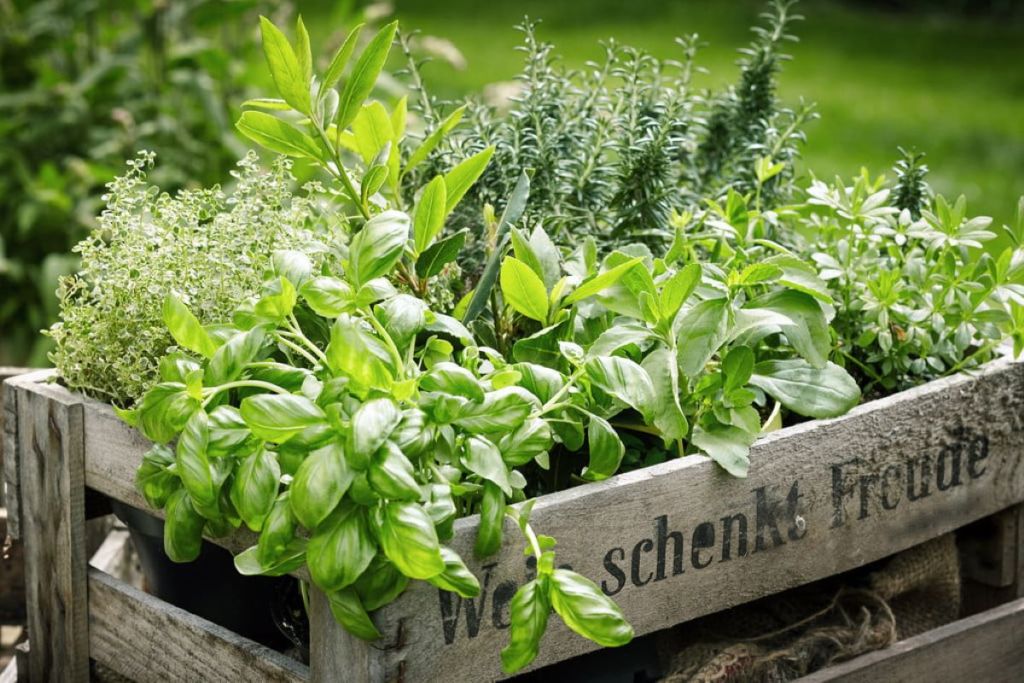
Does basil grow back?
In frost-free locations, basil can behave as a short-lived perennial. It may survive up to two years before needing any replanting in warm climates. An indoor basil plant with full sun and steady, warm temperatures may last even longer. Before the fall arrives, make sure you are taking the necessary steps to save your plant for the next season.
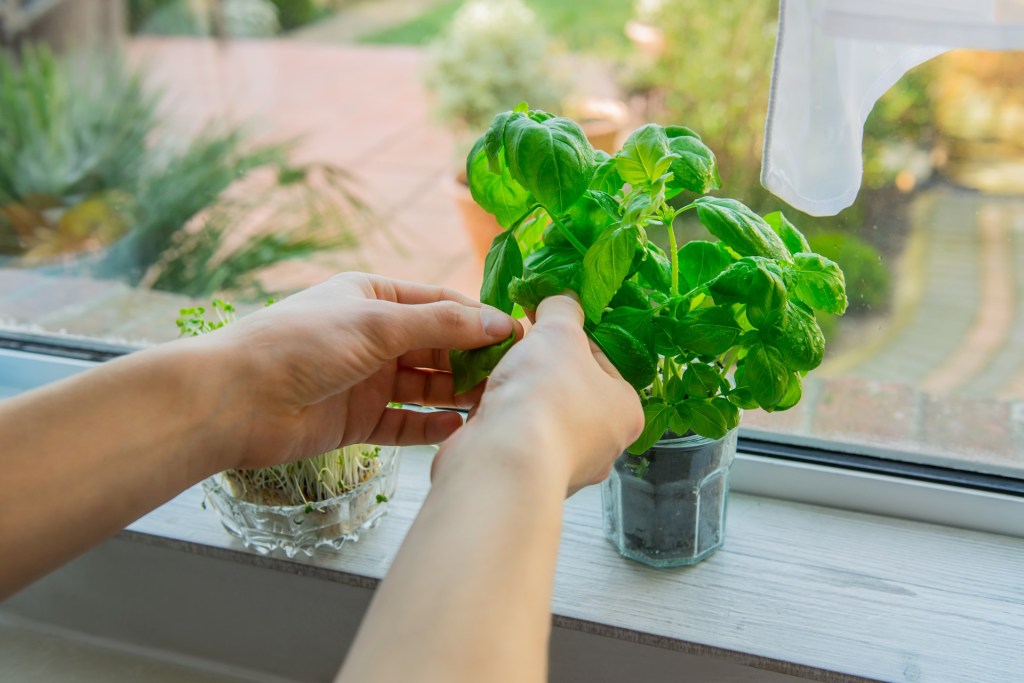
Tips to preserve your basil for the next year
There are some basic steps that you can follow to make sure your basil stays fresh during the winter. With these tips, you can enjoy year-round harvests and make sure your plant flourishes in the next summer:
Step 1: Keep your basil healthy.
Step 2: Practice frequent pruning to help it propagate.
Step 3: Place basil cuttings in water to prepare for replanting.
Step 4: Use fluorescent lights for the fastest growth and biggest yield.
Step 5: Keep your plant protected from the morning cold by placing it indoors.
Even when basil can survive the cold months of winter, you need to accept this popular plant for what it is: an annual herb. Basil has many wonderful properties. These include a great flavor, lovely fragrance, and prolific harvest. It also helps deter pests such as mosquitoes. Unfortunately, longevity is not an attribute of this beautiful plant. Even so, you can follow these tips to help extend the life cycle of basil to enjoy it a little longer on your favorite dishes, in pesto, and as a lovely indoor decoration.

